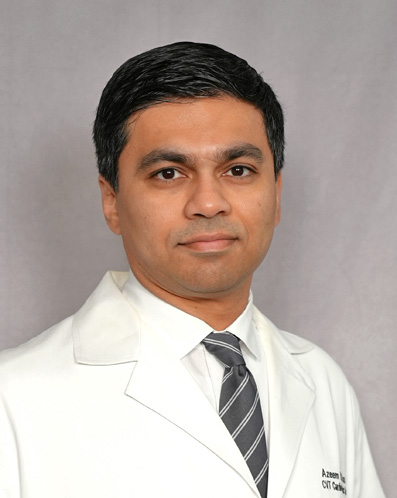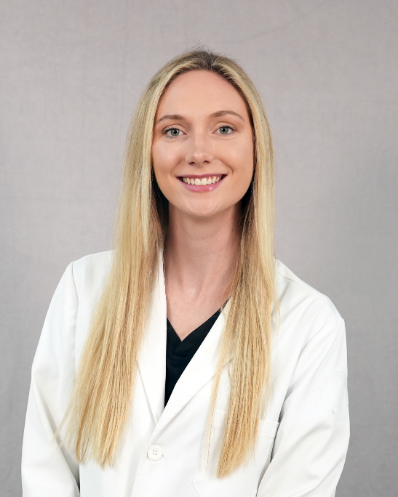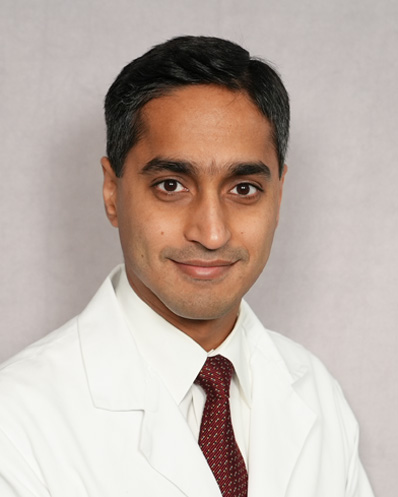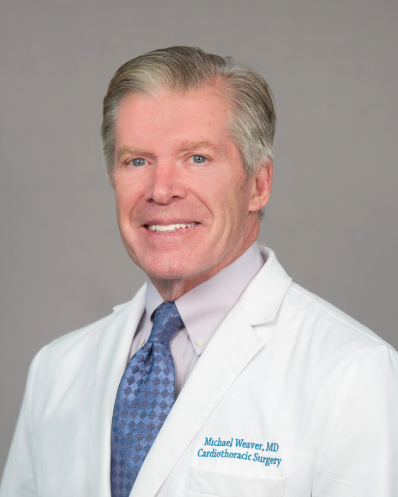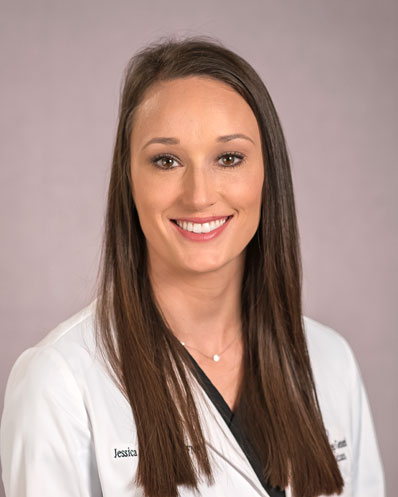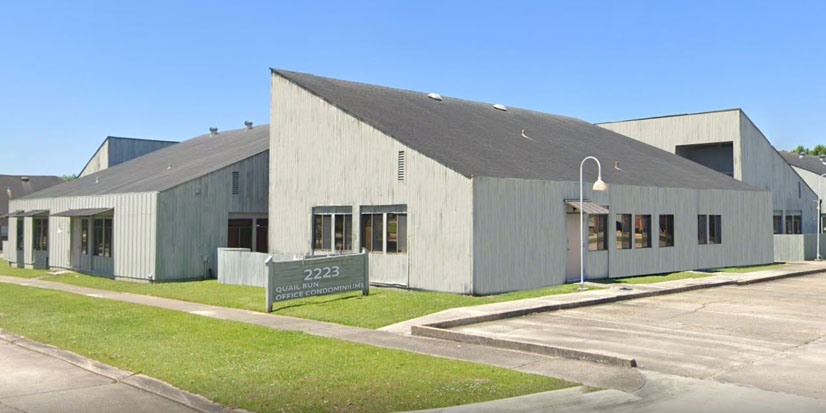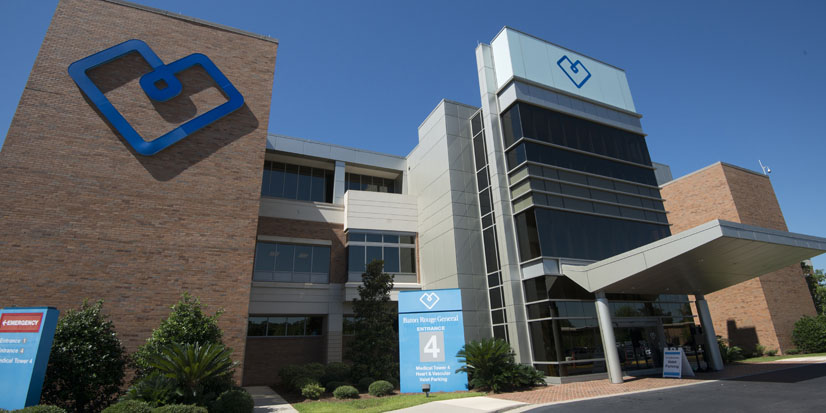Blood flow in the heart is regulated by four valves, ensuring there is blood moving in every direction through the heart. The aortic valve is responsible for moving blood from the heart's left ventricle, the main pumping chamber, to the rest of the body through the aorta, the body's main artery.
If the aortic valve is not functioning properly, it leads to issues with overall blood flow and forces the heart to work harder and faster to supply blood to the body. Symptoms of aortic valve dysfunction may include shortness of breath, chest pain, irregular heartbeat, fatigue, and loss of consciousness, although some people may experience no symptoms at all. As the condition progresses, the risk of serious complications such as heart attack, stroke, heart failure, and sudden cardiac arrest increases.
Once aortic valve disease has been diagnosed, treatment is typically focused on restoring blood flow through the aortic valve to preserve heart function and to reduce symptoms and potential complications.
Types of Aortic Valve Disease
Most cases of aortic valve disease involve mechanical issues with the valve that can only be resolved with surgery (aortic valve repair or replacement). Treatment options depend on the type of aortic valve disease, severity of the condition, and symptoms.
These are the primary types of aortic valve disease:
Aortic Valve Stenosis
Narrowing of the aortic valve, known as aortic valve stenosis, restricts blood flow from the left ventricle to the aorta. While this does not always produce symptoms, it can lead to chest pain, fainting, breathlessness, palpitations, heart murmur and a decline in activity level.
Aortic Valve Regurgitation
Blood normally flows in one direction, from the left ventricle to the aorta, through the aortic valve. In people who have aortic valve regurgitation, the blood flows backwards due to a leaky or dysfunctional valve. This can cause symptoms such as heart palpitations, chest pain or shortness of breath.
Congenital Heart Disease
Individuals may be born with congenital heart defects that result in aortic valve regurgitation or aortic valve stenosis, as well as other issues affecting the aortic valve's ability to work properly.
Difference Between Repair and Replacement
In order to determine whether an aortic valve should be repaired or replaced, it is important to consider multiple factors including the severity of the aortic valve disease, the patient’s age, the presence of other medical conditions, and the results of diagnostic tests.
Aortic valve repair and replacement can be done traditionally, through open heart surgery, or through minimally invasive methods. During traditional aortic valve surgery, an incision is made down the center of the sternum, giving direct access to the heart. Minimally invasive surgery involves a few smaller incisions in the chest or the use of a catheter in the chest or leg. The use of minimally invasive methods has been shown to reduce blood loss in surgery, accelerate recovery time, and reduce complications.
Aortic Valve Repair
Aortic valve repair is usually the first choice of treatment because it has a lower risk of infection, reduces the need for blood thinners, and preserves valve strength. However, this surgery is often more difficult to perform and not all valves can be repaired.
Repairing the aortic valve is typically done using the traditional open-heart surgery method. There are a few different types of repair procedures that may be done including:
- Inserting an artificial ring (annuloplasty) to reinforce the ring around the valve (annulus)
- Separating valve cusps that have fused
- Reshaping tissue to allow the valve to close more tightly
- Inserting tissue to patch any tears in the flaps used to close off the valve
- Adding support at the base of the valve
Aortic Valve Replacement
During aortic valve replacement, the original faulty valve is removed and is replaced with either a biological or mechanical valve. Procedures may be done through traditional open-heart surgery methods or a minimally invasive approach.
- Biological valve replacement – Uses the tissue of a cow, pig, or human donor to replace existing valve tissue. While these valves last about 15-20 years, they often have to be replaced due to degeneration over time.
- Mechanical valve replacement – Involves the creation of a valve from non-reactive mechanical parts that are well tolerated by the body. Patients must take blood thinning medication for the rest of their lives to reduce the risk of blood clotting or stroke.
- Transcatheter aortic valve replacement (TAVR) – This is a minimally invasive approach that involves the doctor accessing the heart through a small incision in the chest or a blood vessel in the leg. During TAVR, a catheter is guided through a vein to the existing aortic valve which is then replaced with a new self-expanding valve.
Become a Patient
Call (225) 763-4457 to speak to our heart navigator.
Treatment Risks
The risks involved in aortic valve repair or replacement surgery vary depending upon a patient's overall health and other factors. Potential risks include:
- Infection
- Bleeding
- Blood Clots
- Heart Rhythm Issues
- Replacement Valve Problems
- Stroke
- Death
As a general rule of thumb, patients spend a day or more in the intensive care unit (ICU) following aortic valve surgery. While there, they’ll receive oxygen, fluids, nutrition, medication, and close medical supervision. After a few days, patients are moved out of ICU and into a general hospital room. During this time, medical staff will monitor for infection at the incision site(s), manage any post-surgery pain, and periodically check heart rate, breathing, and blood pressure. Patients will also engage in daily walking and breathing exercises to promote recovery.
What to Expect After Surgery
Once home, patients should be able to gradually re-engage in daily activities such as driving, working, and exercising, although the timeline for introducing activity will vary from person to person. Patients will need to take prescribed medications and keep follow up medical appointments. Doctors may also recommend healthy lifestyle changes such as physical activity, healthy eating, stress management, and avoiding tobacco use.
Download the Preparing for Heart Surgery Guide

